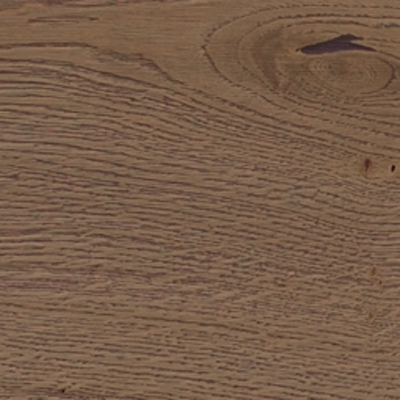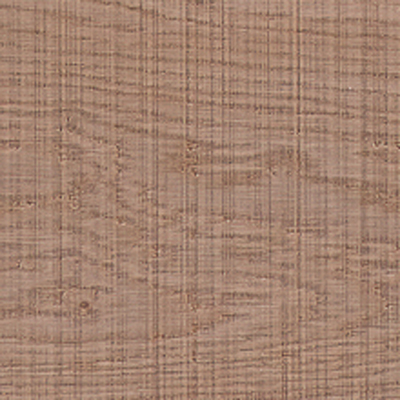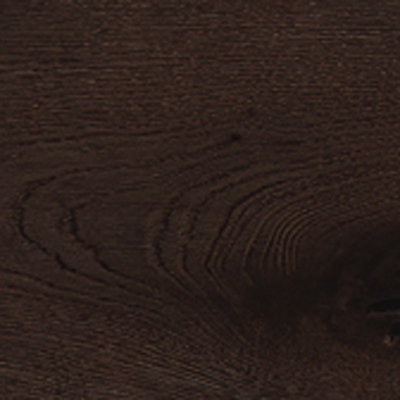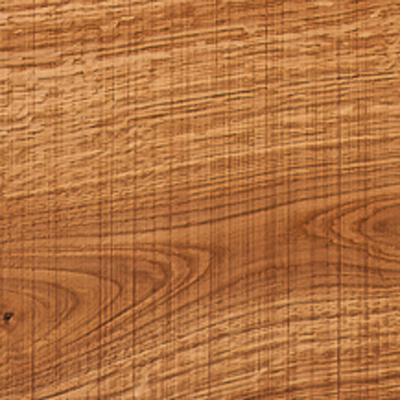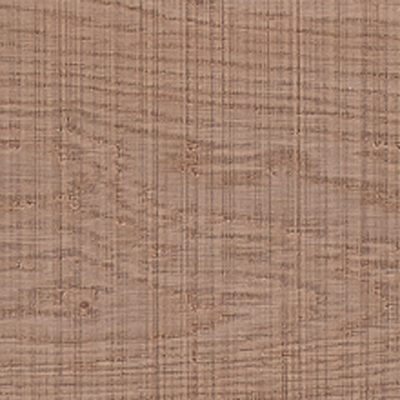Oak flooring: origins of the tree
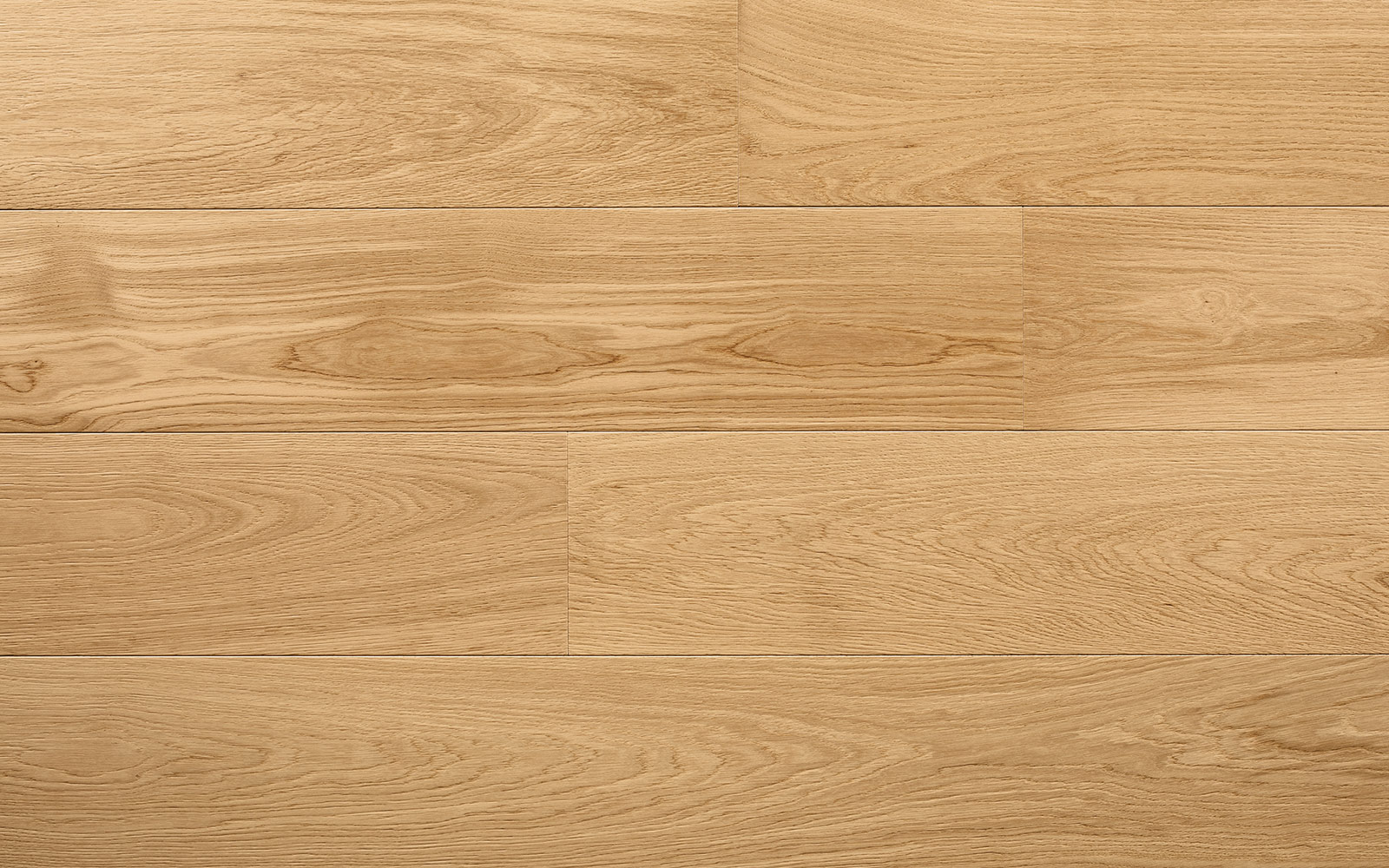
The colour of the oak wood is one of its distinctive features – it can go from the yellowish shades of the sapwood to the darker brown of the heartwood, but it is the medullary rays that make its veins inimitable. Its surface is not even, it has a coarse texture and an irregular grain that give it a refined and elegant appearance. Among the physical characteristics of Oak it is worth mention the grain, which changes according to the type of wood and the porosity, which is, as a rule, quite high for any type of oak. It is also fairly stable; despite the slight tendency to embark, it is impossible to notice excessive deformations. It is remarkably hard and resistant. By parquet we mean a flooring whose main characteristic is that of being made up of several elements. In fact, we can choose between a pre-finished 2-layer, in which a birch support is added to the noble, hardwood layer or go for a more consistent thickness and choose a 3-layer, where the top layer is glued on a birch plywood and a third layer, a counterplate in solid fir orthogonal to the 1st layer. An oak parquet, like other types of parquet, is photosensitive, i.e. it undergoes the effect of oxidation – a phenomenon that occurs thanks to the exposure to light. For this reason, the oak parquet may slightly change colour over time and, as a consequence, the flooring may happen to be of a slightly lighter shade than the sample viewed at the time of the purchase.
Oak is a very popular wood, widely used for high quality and valuable parquet. Among the advantages of choosing an oak parquet we undoubtedly find the aesthetic aspect, its particular beauty and its charm as well as the natural “heat” effect it releases. In fact, it has a significant power as a thermal (as well as acoustic) insulator and this allows the privilege of walking on it barefoot. One of the strengths of parquet is certainly the well-being that we derive from it, which is why oak parquet is often used for environments where you want to recreate a feeling of intimacy and familiarity.Often one of the main concerns posed by wood is its bad relation with humidity, as it can be attacked by fungi and mold. This is not the case with oak. It adapts almost to any condition and, through some kinds of processing, it can become even more resistant to humidity: it is therefore a type of parquet also suitable for bathrooms and kitchens. Its durability must also be considered. In fact, despite time, oak parquet manages to keep its beauty intact. It is not spoiled even by climatic changes however sudden they may be. In fact, choosing an oak parquet means choosing a floor with a high resistance to wear – which is why the parquet is also used in sports facilities such as volleyball, basketball courts etc.No flooring can be the same as another- each plank is unique, with its particular veins and knots. Together with the finish and the type of installation chosen, they make an exclusive parquet, which can match any choice and personal taste and that perfectly adapts to the structural and style needs of any house. The environmental benefits of choosing parquet are indisputable. Far less energy is consumed in the production, processing and disposal of timber than any other building material. Furthermore, after the harvesting of the felled trees, the forests are regenerated, ready for the next generation. Today, the increased popularity of parquet has also led to an increase in the commitment to reforestation. Currently, many more trees are growing than harvested. The increased demand for timber has thus had a positive effect on the environment. The more trees we use, the more we plant, because almost all of the European wood used comes from properly managed forests. Furthermore, wooden parquet is completely recyclable. No other renewable material is comparable to this, in terms of volume and economy. It replaces polluting alternatives such as steel, aluminium, concrete or plastic, whose production require a significant quantity of power. It reduces the greenhouse effect – in fact, the “carbon deposit” quality of wood products plays an important role in reducing the impact of greenhouse gas emissions. This is why the increase in the use of wood products such as parquet will continue to further reduce humans’ negative impact on the atmosphere.
Being a very valuable and robust wood type, it is used not only for making parquet, but also for furniture, beams, in the production of barrels for the collection and aging of wine, in the construction of small boats and in the construction of load-bearing structures in the building. The versatility of this material allows it to be finished very easily; for this reason, we can find so many types of oak parquet. If we love neutral colours or light shades there are oak parquet with ivory, ice or sand-coloured finishes, but we can also find oak parquet with wine-coloured shades, or even black, antique oak etc. Its main feature is to be an element of furniture and design, while at the same time guaranteeing functionality. Oak parquet is the first choice for both private homes and larger buildings. Whatever its appearance, oak parquet will give the room a remarkable touch of style. It is one of the most elegant and welcoming wood types ever and it has the power to create a warm, harmonious and comfortable environment.
Installation can be with or without glue. The glued installation is carried out by gluing the boards directly onto a solid, dry, clean and flat screed. In presence of underfloor heating, it will be essential to use eco-friendly glues, to avoid the emission of toxic substances. In floating installation, on the other hand, the slats are simply placed on the surface, generally upon a sound-absorbing mat placed on an existing screed or floor. The slats are linked together by means of a tongue and groove joint, with proper vinyl glue inside it. It is recommended in case of uneven subfloor or to preserve a precious underlying floor.
Care and maintenance are the same as for any other wood; we can clean it from dust with classic methods, such as vacuum cleaners, or with modern automatic robots whenever we want or need. The washing of the parquet, on the other hand, can be even more delayed over time, and cleaning with water and a suitable detergent is sufficient. Old floor paints tended to wear out and get damaged, thus uncovering the wooden surface and exposing it over time to damage from humidity and scratches or accidental dirt. Today modern finishing systems allow the paints to film the oak boards in a less rigid way. In fact, the new technologies use cross-linking paints, capable of creating a flexible and hard film at the same time, while applying several layers of varnishes results in a better absorption of shocks, scratches and stains on the floor. The characteristics of an oak parquet make it resistant and easy to maintain, only a few small precautions are necessary to preserve its beauty over time.
Here you can find our range of parquet in Oak related to this type of product
Write to us for more information
Fill out the form adding your request and we will contact you as soon as possible.
